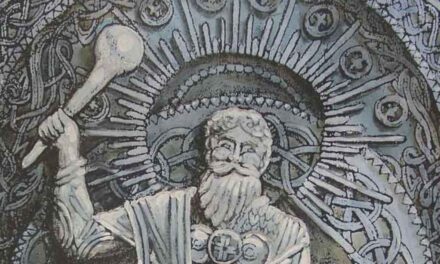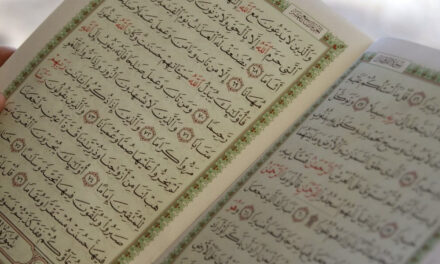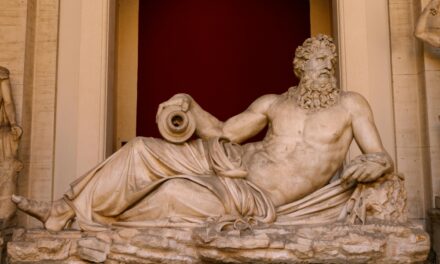Introduction
In the misty lands where forests stretched unbroken and rivers carved their silver paths, the Celtic gods reigned as guardians of nature, craft, and destiny. They were not distant deities but living presences in the wind, the fire, the soil, and the storm. To call upon them was to call upon the very breath of the world — gods who healed, gods who forged, gods who fought, and gods who wove poetry into the soul of their people.
Former Glory
The Celtic pantheon once flourished across Ireland, Gaul, and Britain. Their worshipers built stone sanctuaries, lit sacred fires, and kept wells, groves, and hillsides consecrated to their gods. Among the most beloved was Brigid, whose sacred flame at Kildare burned unceasingly in her honor. Cernunnos, the antlered lord of the wild, was carved into stones and depicted on the Gundestrup cauldron as master of beasts and cycles of life. The Morrígan, dark goddess of battle and fate, was invoked by warriors before they entered the field, her voice echoing in the cries of crows circling overhead. Lugh, bright god of skill and kingship, was honored with festivals such as Lughnasadh, where games, feasts, and contests marked the bounty of the harvest and the strength of the community.
These gods were central to tribal life, tied not to temples of stone alone but to the very land itself — rivers, wells, and oak groves served as their sanctuaries. When Rome came, and later Christianity, their worship was pushed into shadow, though never fully erased. Brigid, for example, endured as a Christian saint, her sacred wells still visited by pilgrims both Pagan and Christian alike.
Modern Revival
The Celtic gods have risen again in the voices of modern Pagans, Druids, and revivalists. Brigid is honored each year at Imbolc, a festival of light and renewal, where candles are lit, fires are kindled, and offerings of milk and bread are made in her name. In Kildare, the Brigidine Sisters rekindled her eternal flame in 1993, ensuring her presence would once again glow in the heart of Ireland.
Cernunnos, though no temples remain, is invoked by modern Pagans as the Horned God of the forest, symbol of the wild hunt and the eternal cycle of life and death. Practitioners often honor him with rituals in the woods, offerings of mead or bread left at tree roots, and dances that celebrate the balance of life’s energies.
The Morrígan draws a growing number of modern devotees, particularly those drawn to her aspects of sovereignty, transformation, and the courage of battle — both physical and spiritual. Rituals to her often involve divination, drumming, and the calling of crows as her messengers.
Lugh is remembered during Lughnasadh, which continues to be observed by Druids and Wiccans worldwide. This festival blends ancient harvest rites with modern gatherings, games, music, and offerings of the first fruits.
From Ireland to the UK, from the USA to France, communities gather to celebrate these gods. Modern groves, druidic orders, and solitary practitioners alike bring offerings of flowers, milk, bread, and poetry. Sacred wells in Ireland remain active sites of pilgrimage, while modern festivals give life once again to the old songs and rituals.
Conclusion
The Celtic gods, once silenced by time and conquest, now speak again through the voices of revivalists, poets, and dreamers. They live in firelight, in the quiet of sacred wells, and in the beating heart of the land. And so we may ask: do Brigid’s flames, Cernunnos’s horns, the Morrígan’s crows, and Lugh’s light still walk among us, guarding those who dare to call their names?





